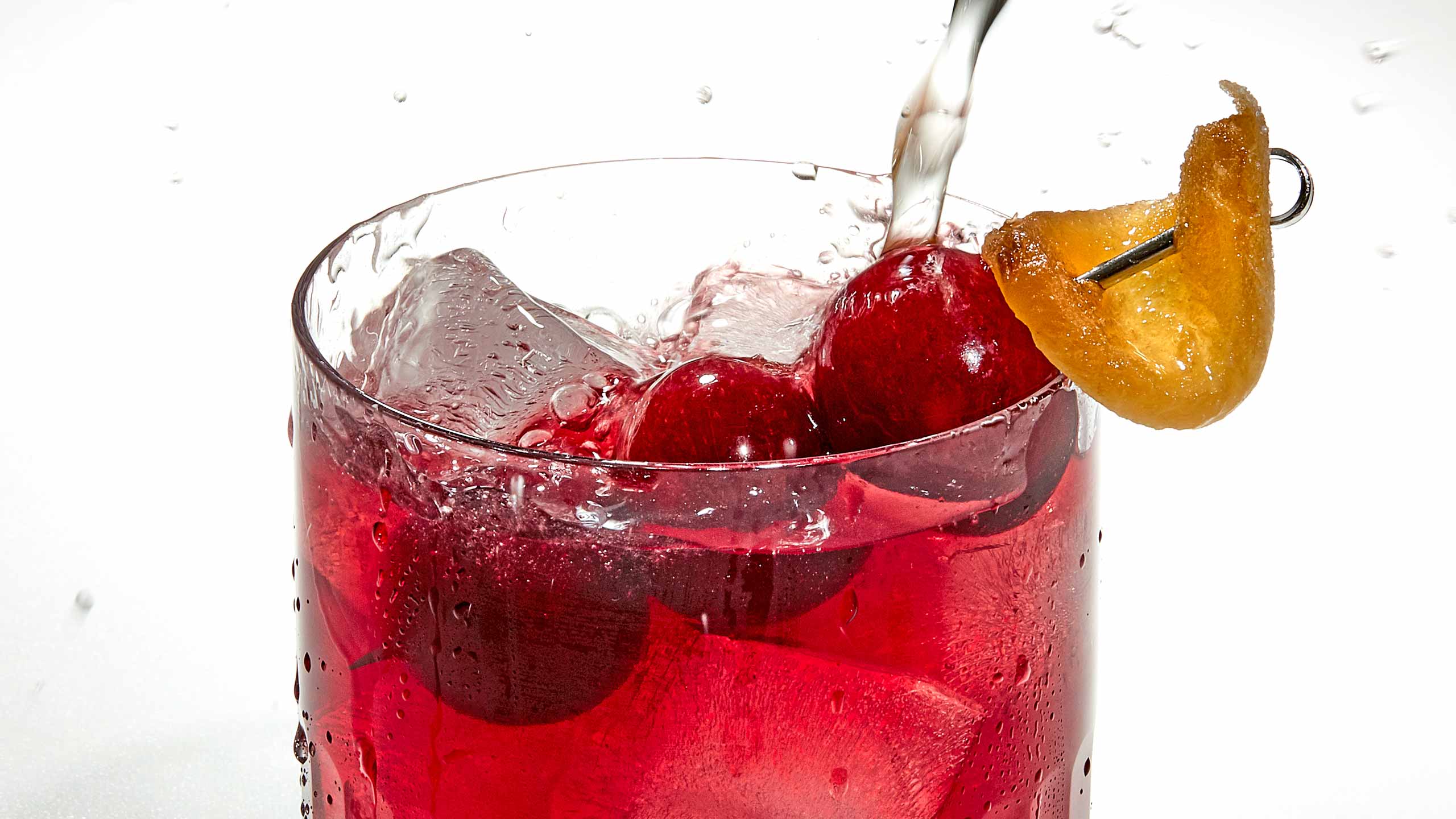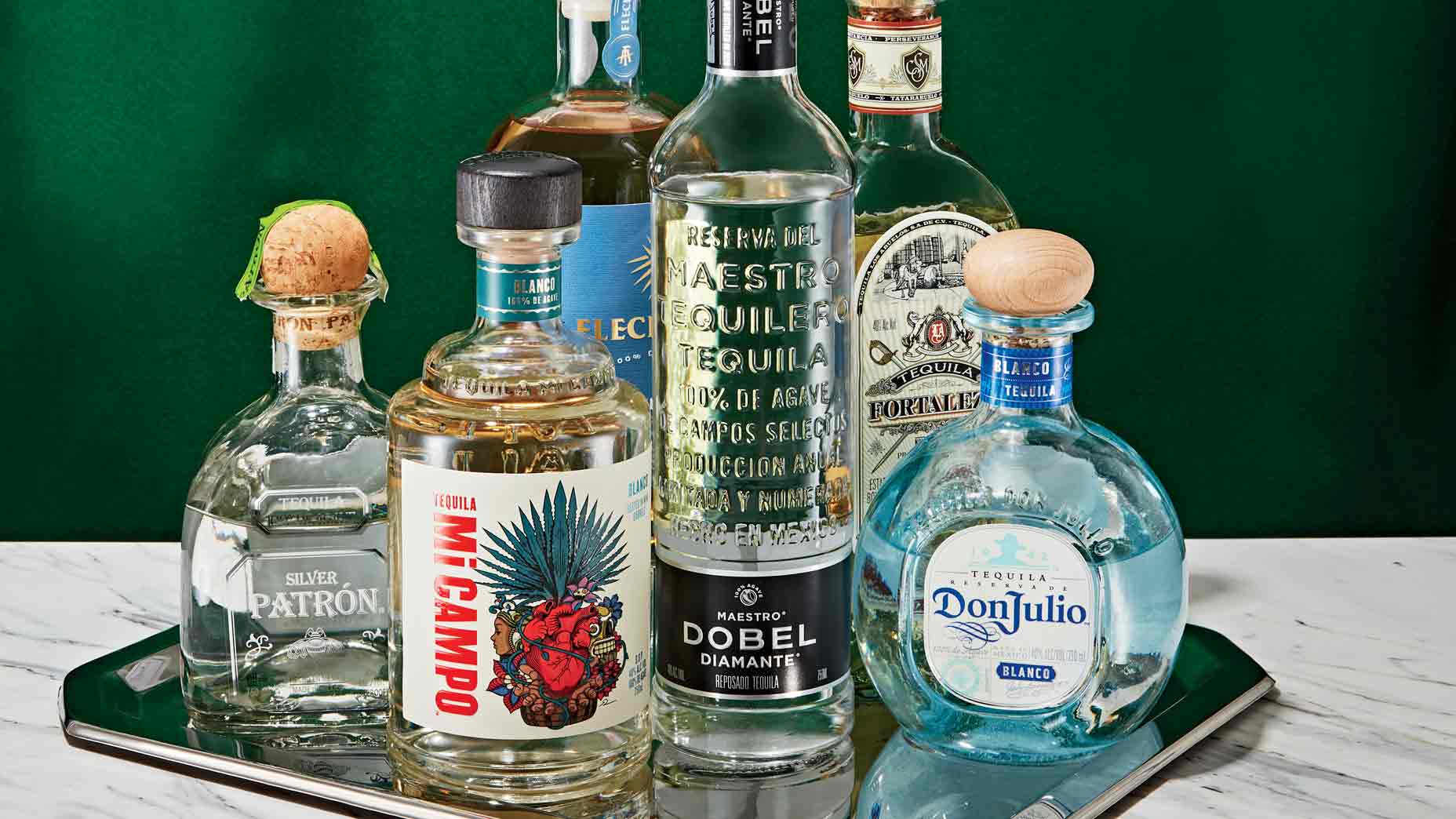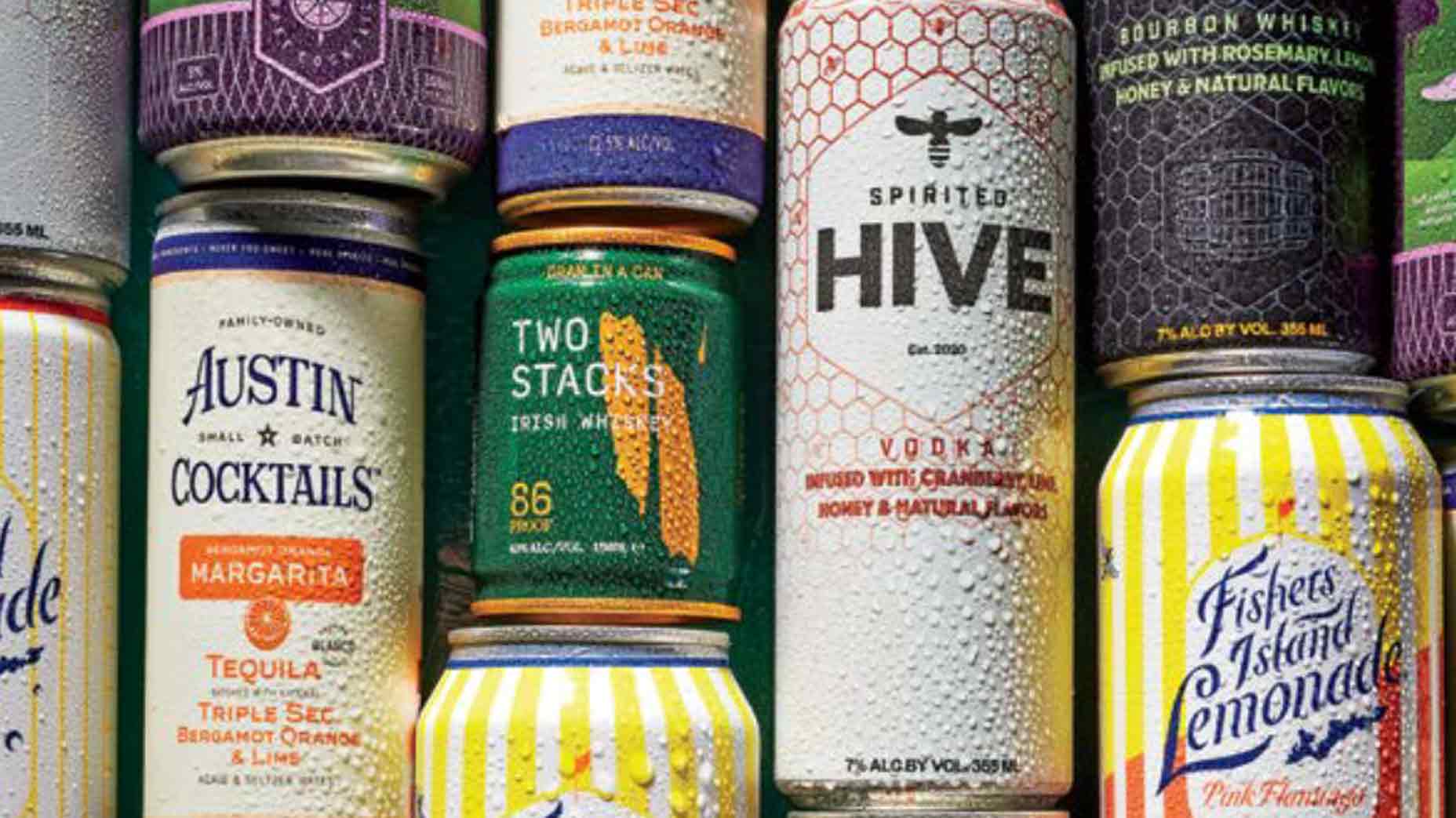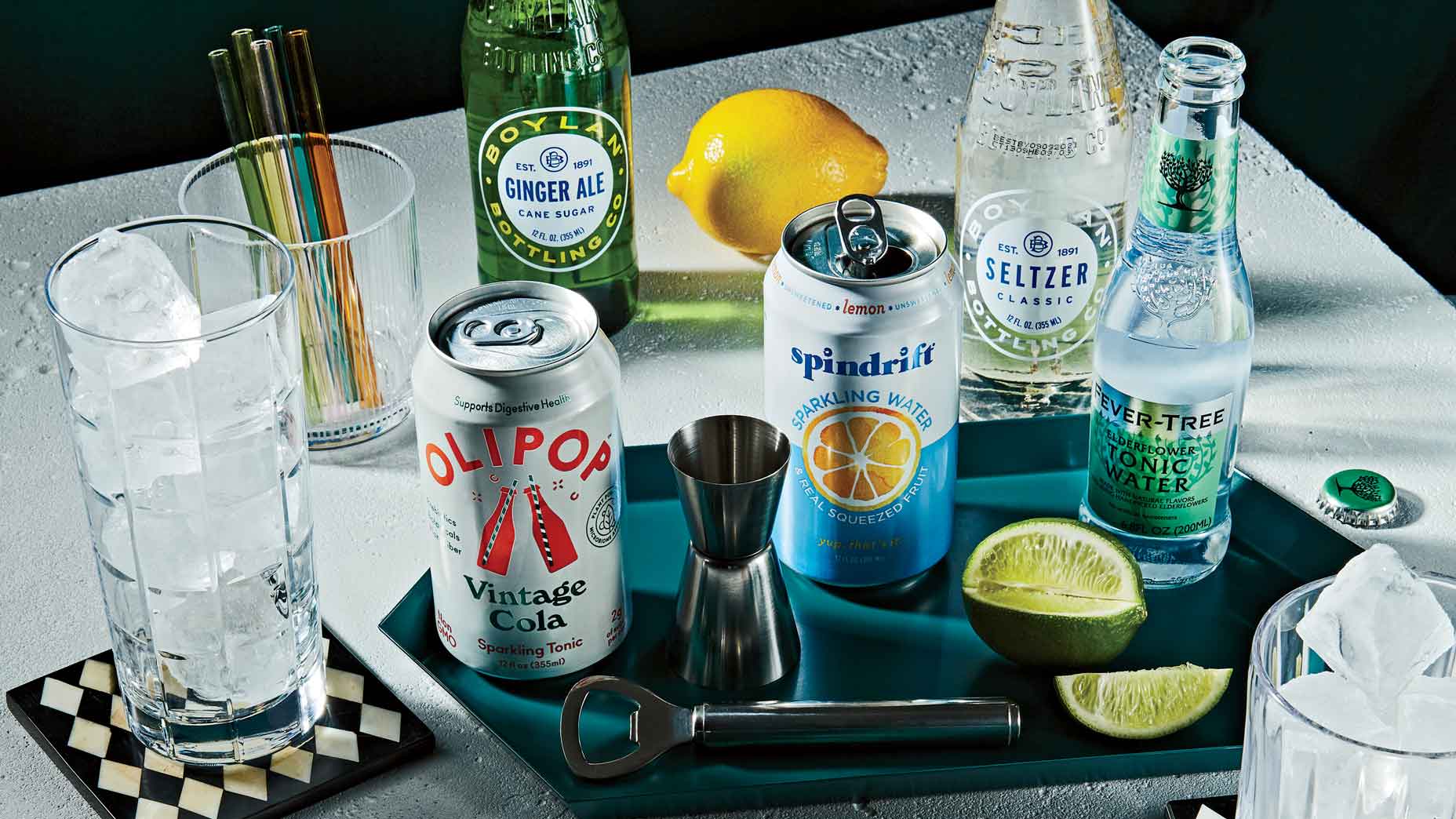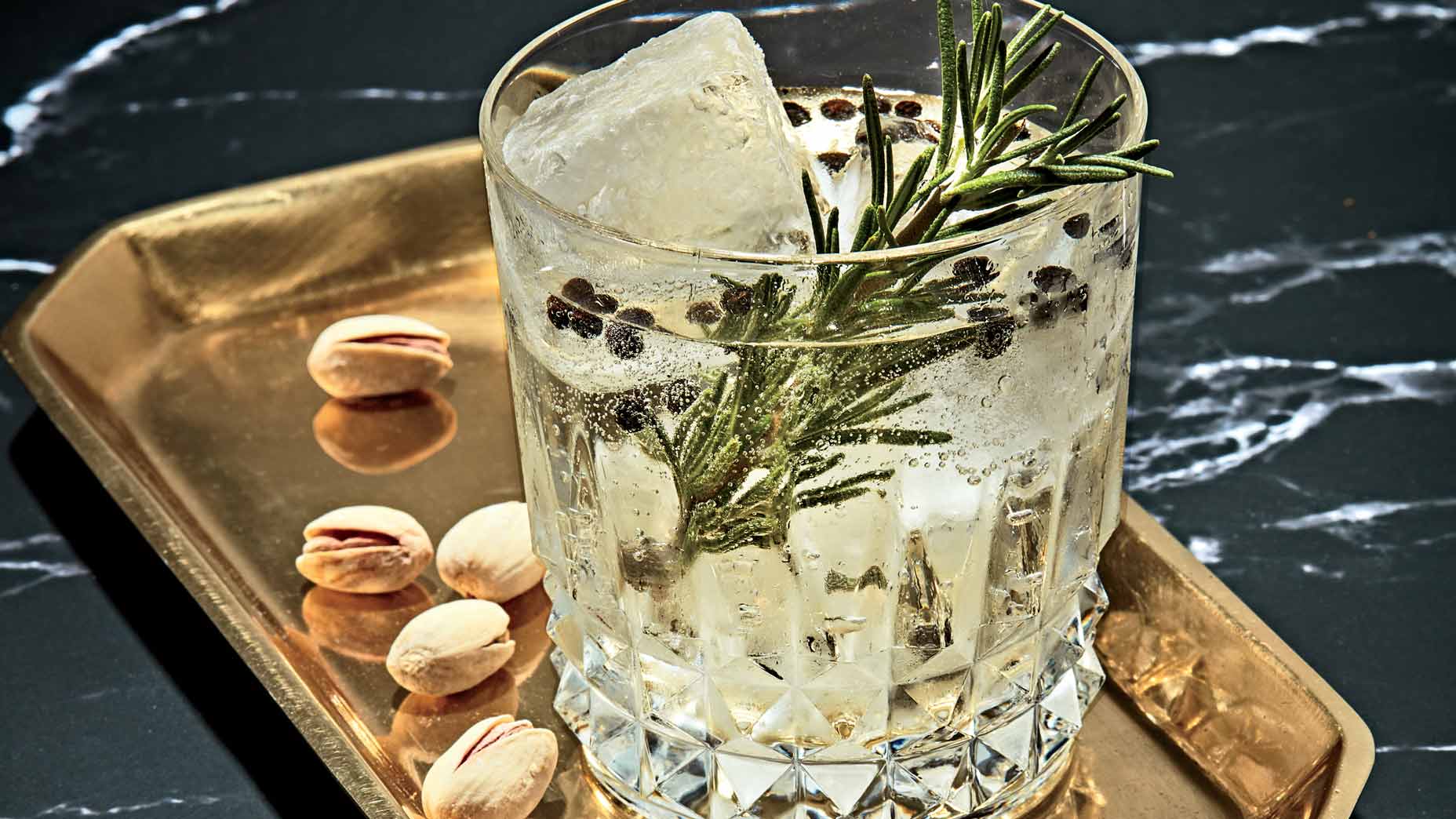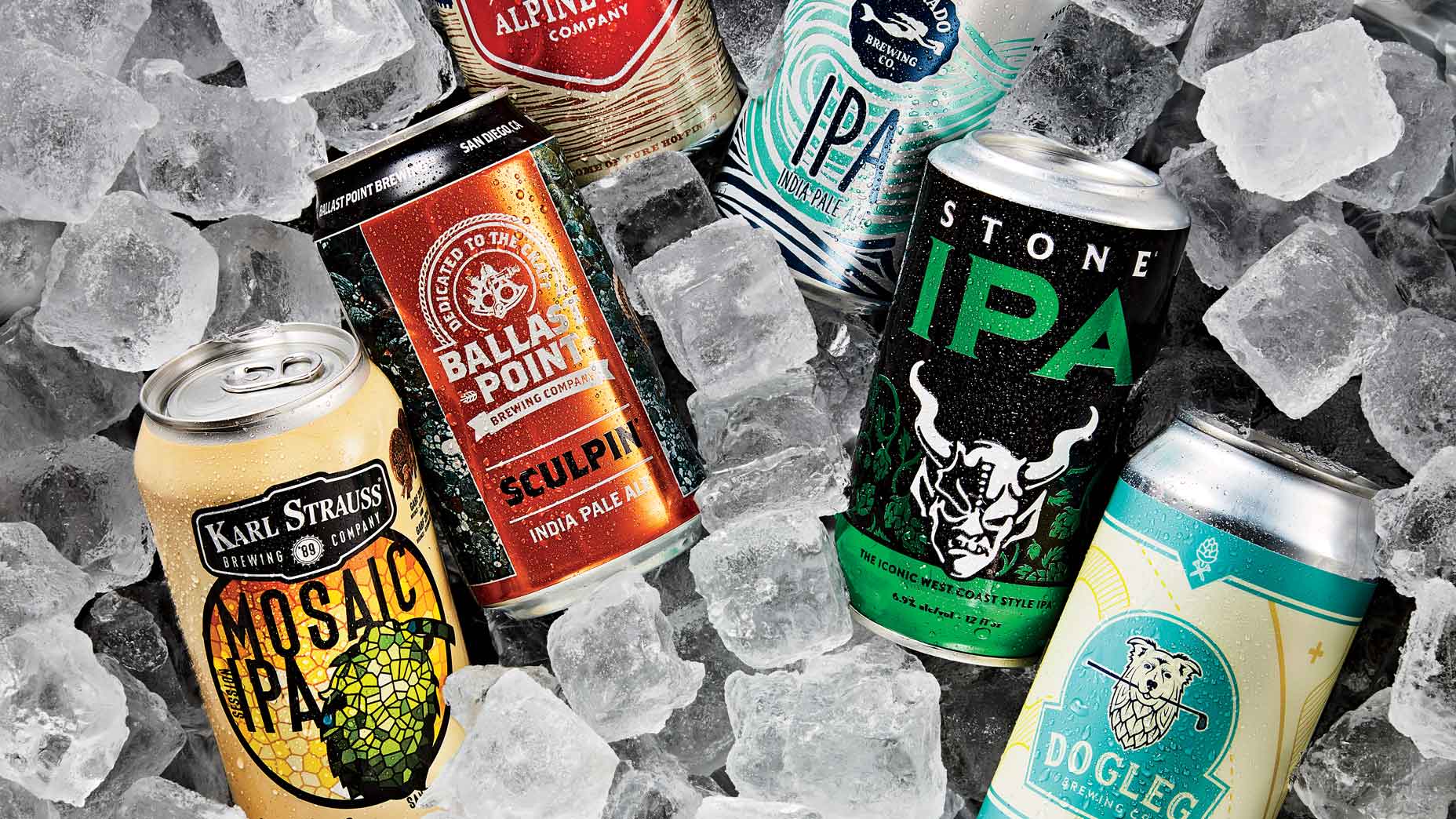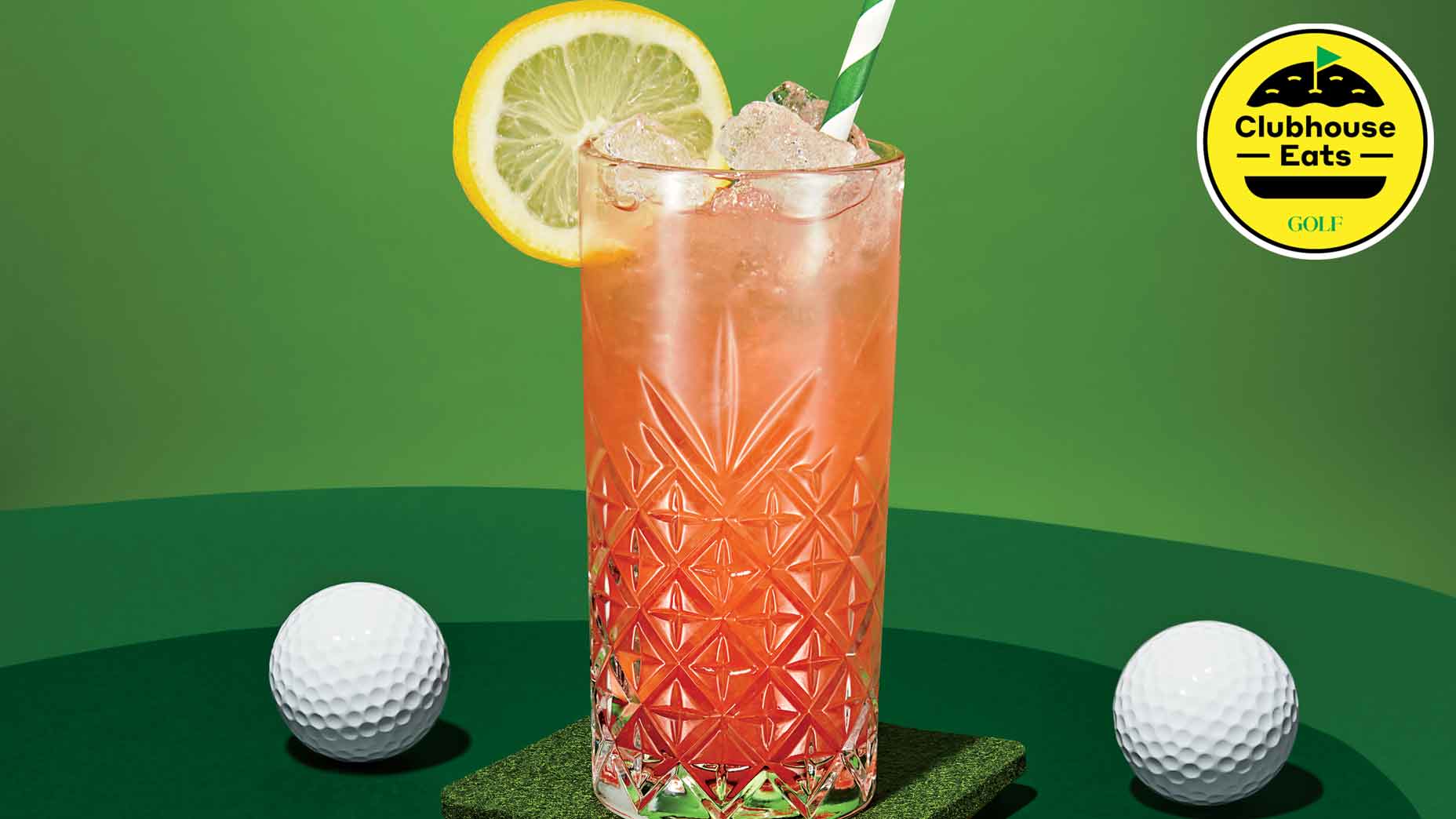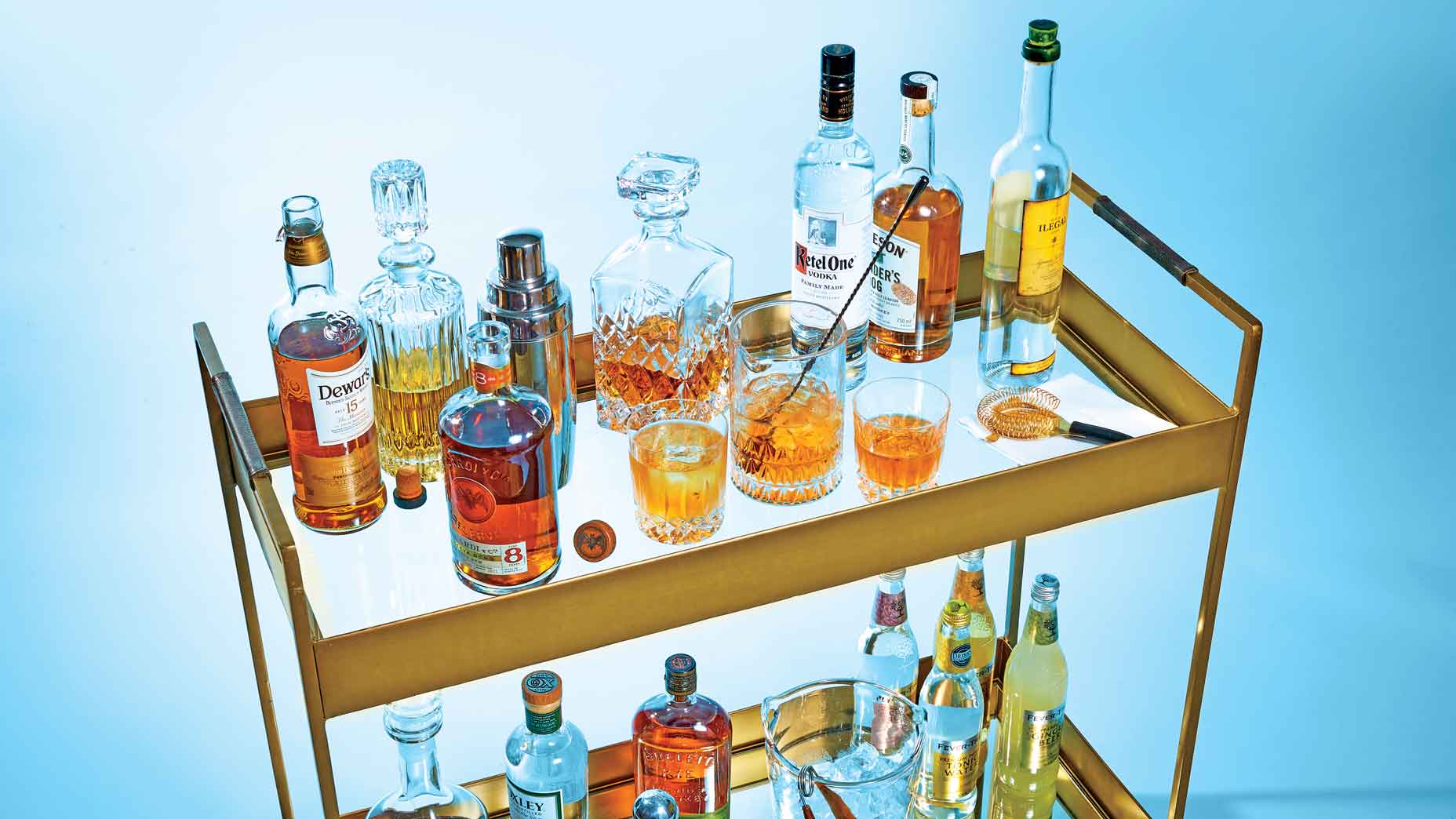Why champagne will always be the ultimate Ryder Cup-viewing accompaniment
- Share on Facebook
- Share on Twitter
- Share by Email

Champagne is a cut above the rest.
Getty Images
At an inhuman early Sunday-morning hour, my wife was awakened by intermittent yelling, perforated by random and, it must be admitted, rather cleverly combined bursts of obscenities. She headed to the eerily lit living room, where she was disturbed by what she encountered — a pajamas-clad lunatic keeping company with several empty beer bottles and a freshly opened one.
“What is wrong with you?” said she to her favorite muttonhead.
“You’re right,” said me. “I should be drinking champagne.”
My response evoked a familiar glare of disgust, slow headshake and slower shuffle of retreat with purposeful backward glances.
But here’s the thing: I was right.

I should have been drinking champagne, because, in the scene just described, I was watching (and screaming at) zero-dark-thirty television coverage of the Ryder Cup, from the Belfry, in England. I am completely irrational about the 72 hours of my existence that occur every other year when Sam Ryder’s little trophy is up for grabs, and only champagne is worthy of the biennial flash when competitive golf is truly the beautiful game (with apologies to any futbol nerds reading this).
The bulk of my time in Covid lockdown was spent event-planning my personal 2021 Ryder Cup experience. A central asset in my strategy was a round table Mrs. Muttonhead presented to me last summer, the top of which can be raised to reveal a bucket of sorts, roughly the depth of a champagne bottle and with a circumference that comfortably accommodates six such bottles without them getting handsy with each other.
Like any idiot who assigns too much significance to contests of which he is merely an observer, I will over and over again rework my Ryder Cup watching plan, knowing that symbolically and tasteolically champagne is entrenched at its core. For certain, I will bury those bottles in ice for a full two days before I pop the first one — overkill for sure, but Overkill is my middle name, baby. (Also, I like really cold champagne.)
It’s possible that, despite more pressing matters, you may be wondering why champagne pairs so perfectly with the Ryder Cup, and I confess it took nearly a lifetime for the scales to fall from my eyes in this regard.
This was very fine champagne and its excellence did not go unnoticed despite history playing out before my eyes. I became aware of something we very seldom experience — a perfect moment.
Why I relish the matches so much should be obvious, but, in case it’s not, watching stroke play for me is like staring at already dry paint. You may disagree — it’s a free country, this one, yours and mine, and that’s the other reason the Ryder Cup rules. Although you will never catch me participating in an imbecilic “U.S.A., U.S.A.” chant, I am deeply and irredeemably overjoyed to be American. You can figure out the rest, I’m certain.
A friend from Scotland invited Mrs. Muttonhead and me to the 2016 Ryder Cup at Hazeltine, and it was there that I concluded the only answer to the question “Champagne?” is “Yes, please.” We were on the porch of a corporate hospitality tent when the query was posed, and as I sipped the bubbles the best golf combat I’d ever witnessed was unfolding — the singles match between Patrick Reed and Rory McIlroy. Now, this was very fine champagne and its excellence did not go unnoticed despite history playing out before my eyes.
I became aware of something we very seldom experience in our lives — a perfect moment. In my hand I held a glass of the signature drink of a nation that greatly aided the founding of America, and here I was, cheering for America. Champagne, I knew, had been synonymous with royalty since the 1600s (I don’t know why I knew that any more than why I know the name of every aircraft used by every belligerent nation in World War II — I just do), and here were golf’s royalty, doing what royals used to do best — fight.
The blood-red Transfusion cocktail helps shape the kind of memories that make life more joyfulBy: Michael Corcoran
The special techniques used to press the grapes to encourage the intoxicating fizziness as champagne ages were a mystery to me, I thought, as much as how someone cannot shank every shot in the Ryder Cup pressure cooker. It was a marvelous, sun-filled day, soon to be made more memorable by my now second favorite question: “More champagne?”
When the 2018 Ryder Cup (in France) rolled around, champagne was at the ready at Bar Corcoran, no matter the hour. (Yes, that’s an improper use of la cédille, but you didn’t know that until just now.)
As we all realize, you can’t replicate perfect moments, but with champagne at my side, I could revel in the matches in a way I could not drinking Coors Light. So, last week, champagne it was once again — although I cringed when the U.S. team wasted so much wonderful bubbly spraying it about. Honestly, men, that’s grapeocide, a hate crime if ever there were one.
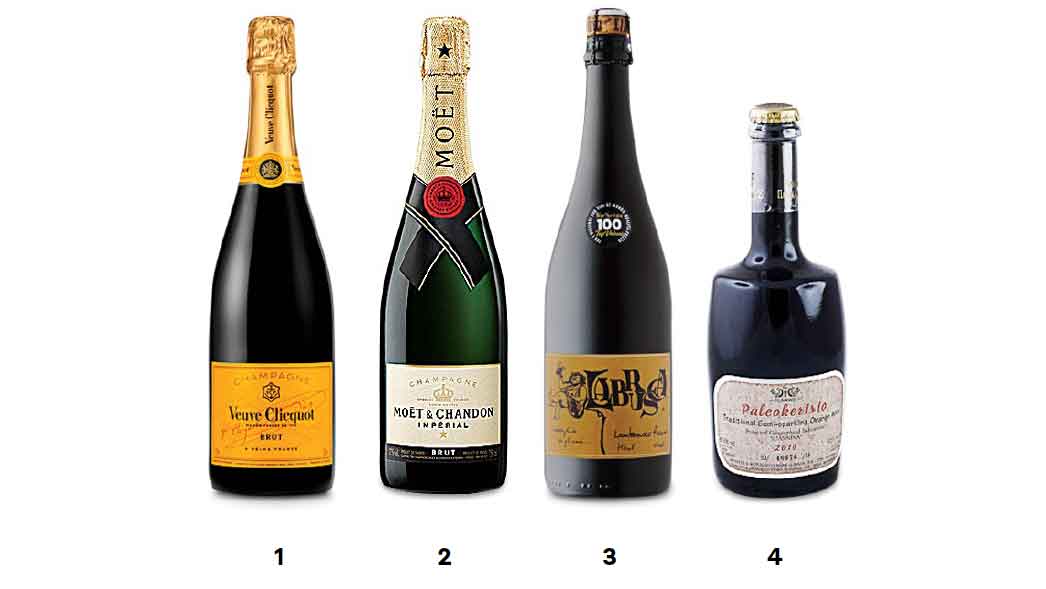
Sparkling Plugs
Champagne is not simply sparkling wine. The real stuff is made in the Champagne region of France. There really is no substitute. Brut on the label means it’s dry, aka not sweet. “Vintage” champagne comes from just one year’s harvest — and not every year merits “vintage.” Champagnes that do are less fizzy and have a richer taste. Hint: If you seek vintage bubbly, look for a code on the label that begins with R. We’ve also thrown in some non-champagne sparklers to try, including one from Greece, where wine was invented. (You go, Greece!)
1. Veuve Clicquot Brut (Yellow Label)
A hard one to pronounce if you’re not Pepe Le Pew, so here’s your cheat sheet. It’s vuv as in “love,” and cleek-o as in “Is that a cleek in your bag? Oh.” It has a seriously dry flavor, but I promise it’s silky smooth.
2. Moet Imperial
The French have been happily sipping this one since 1869. They use more than 100 different wines, up to 30 percent of which are special reserves hand selected to get the flavor juuuuust right. And brother do they ever.
3. Lambrusco
Not champagne, but a groovy summer semi-sparkler made from the Lambrusco grape. Two easy clues to a good one: The label will say Labrusca, with an a, and look for the word frizzante. It’s a dry taste, not overly sweet.
4. Paleokeresio, from Domaine Glinavos
A unique Greek wine. Orange is the prevailing flavor of this semi-sparkling, semi-dry number made from the white-wine grape Debina and a dash of red Vlahiko grapes.
Michael Corcoran brushes his teeth with champagne when he’s out of brandy.
Latest In Lifestyle

Golf.com

